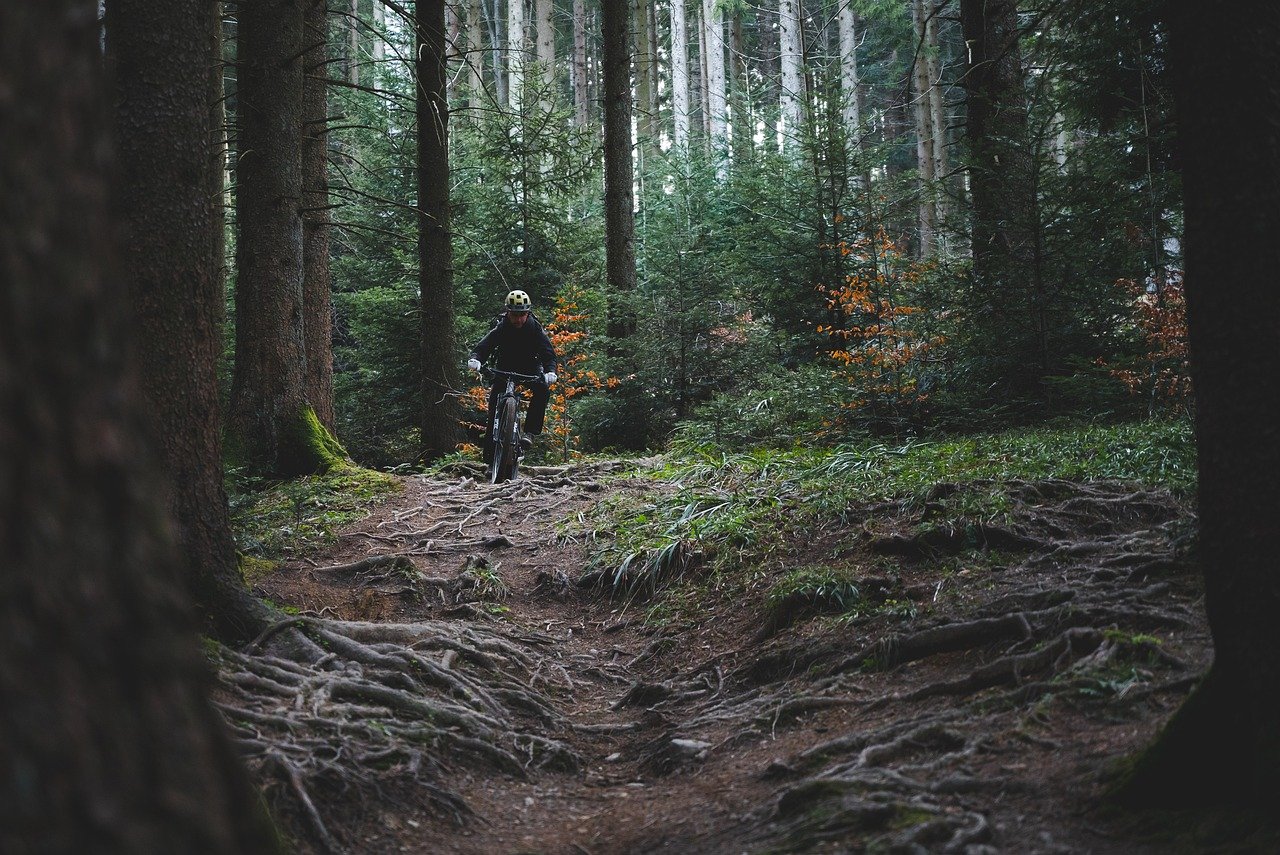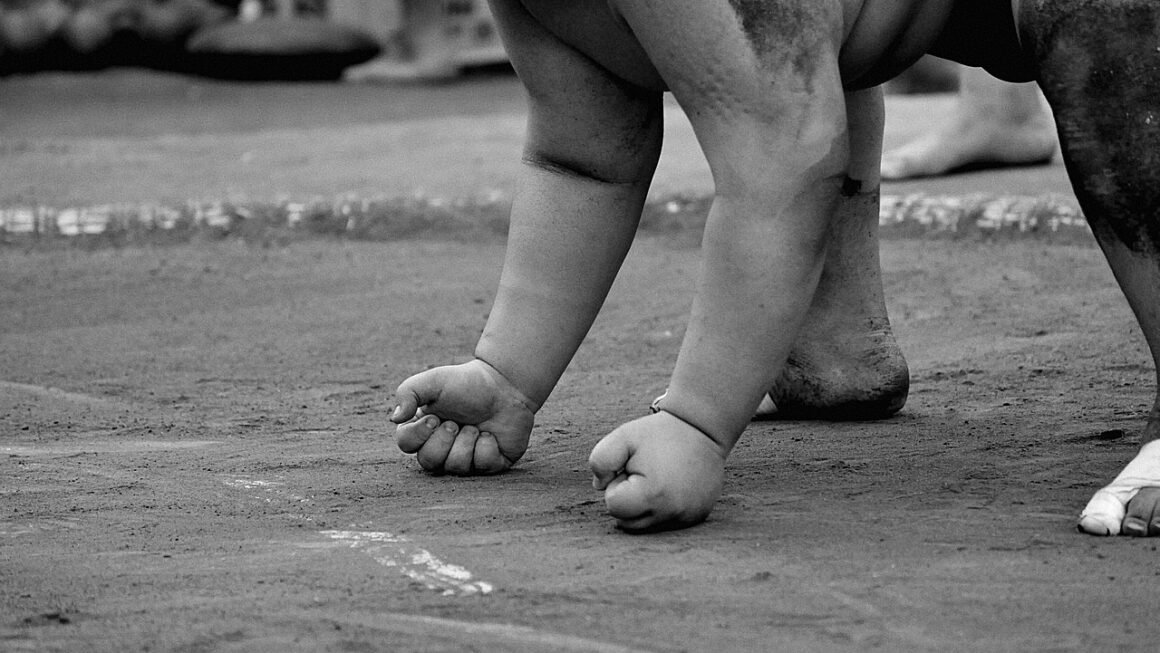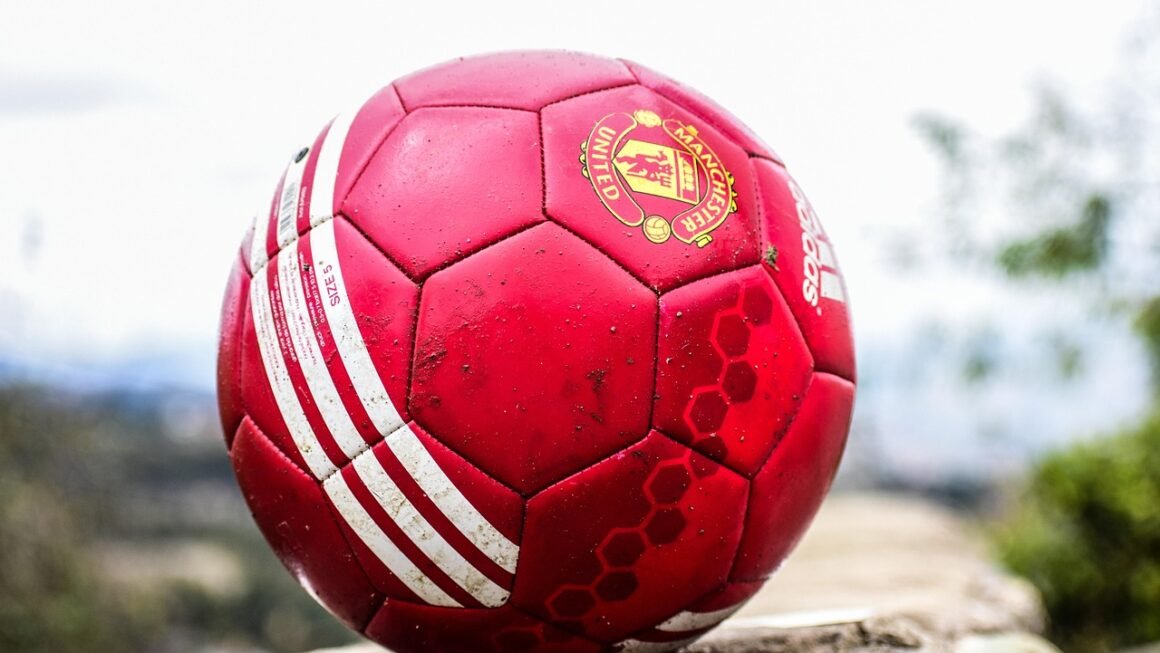Karate, a martial art originating from Okinawa, Japan, is more than just punching and kicking. It’s a comprehensive discipline that cultivates physical fitness, mental fortitude, and self-defense skills. Whether you’re looking to improve your health, build confidence, or learn to protect yourself, karate offers a rewarding journey. This blog post explores the multifaceted world of karate, covering its history, techniques, benefits, and how to get started.
The History and Evolution of Karate
Karate’s roots are deeply intertwined with the Ryukyu Kingdom (present-day Okinawa). Its development involved indigenous fighting methods (Te) and influences from Chinese martial arts, particularly those brought by trade and diplomatic missions.
Early Influences and Development
- The Ryukyu Kingdom banned weapons, fostering the growth of unarmed combat techniques.
- Chinese martial arts, known as “Tode” or “Tang hand,” were introduced and integrated.
- Three main styles emerged: Shuri-te, Naha-te, and Tomari-te, each reflecting the local culture and training methods of their respective regions.
Modern Karate and its Spread
- Gichin Funakoshi, considered the father of modern karate, introduced it to mainland Japan in the early 20th century.
- He simplified and systematized karate techniques, emphasizing its educational and character-building aspects.
- After World War II, American servicemen stationed in Japan brought karate back to the United States, contributing to its global popularity.
- Today, karate is practiced worldwide in various styles and is recognized as an Olympic sport.
Core Techniques and Training
Karate training encompasses a wide range of techniques, from basic stances and strikes to advanced combinations and sparring. The goal is to develop a strong foundation in fundamentals while gradually increasing complexity.
Foundational Stances (Kihon)
- Zenkutsu Dachi (Forward Stance): A strong, stable stance used for executing punches and blocks. This is the fundamental stance for most beginning students and is used in various kata and kumite.
- Kokutsu Dachi (Back Stance): Emphasizes defensive movements and balance, often used for evading attacks. Common use is in Pinan (Heian) Shodan kata.
- Kiba Dachi (Horse Stance): Strengthens leg muscles and provides a stable base for lateral movements. Correct execution is essential for powerful blocks and strikes from this position.
Striking Techniques (Tsuki and Uchi)
- Oi Tsuki (Lunge Punch): A powerful, straight punch delivered with the entire body. Practicing this requires coordination between the legs, hips, and arm.
- Gyaku Tsuki (Reverse Punch): Executed with the rear hand while in a stance, generating power from the rotation of the hips. Mastering this is crucial for effective counter-attacks.
- Shuto Uke (Knife Hand Block): A versatile block that can also be used as an offensive strike to vulnerable areas. Develop precise hand positioning for effective blocking and striking.
Blocking Techniques (Uke)
- Age Uke (Rising Block): Deflects attacks from above, protecting the head. Consistent practice is required to develop speed and proper form.
- Soto Uke (Outside Block): Blocks attacks coming from the outside, protecting the body. Proper body alignment and arm positioning is critical.
- Gedan Barai (Down Block): Defends against low attacks, protecting the lower body. Focus on generating power from the hips.
Kicking Techniques (Keri)
- Mae Geri (Front Kick): A direct, linear kick targeting the stomach or chest. Practice flexibility and control to execute the kick effectively.
- Mawashi Geri (Roundhouse Kick): A circular kick that can target the head, body, or legs. Requires coordination and flexibility.
- Yoko Geri (Side Kick): A powerful kick delivered sideways, targeting the body or legs. Balance and precision are essential for this technique.
Benefits of Practicing Karate
Karate offers a multitude of benefits, impacting both physical and mental well-being. Consistent training can lead to significant improvements in various aspects of life.
Physical Health
- Improved Cardiovascular Health: Regular training involves intense aerobic and anaerobic exercises. A study published in the “Journal of Strength and Conditioning Research” found that karate training improves cardiovascular fitness.
- Increased Strength and Endurance: Karate strengthens muscles and improves overall physical endurance through repetitive movements and drills.
- Enhanced Flexibility and Coordination: Stretching and dynamic movements improve flexibility and coordination.
- Weight Management: Karate training burns calories and helps maintain a healthy weight. A typical 1-hour karate class can burn between 500-800 calories.
Mental Well-being
- Stress Reduction: Physical activity and focused training help reduce stress and anxiety.
- Improved Focus and Concentration: Karate requires concentration and mental discipline, enhancing focus and attention span.
- Increased Self-Confidence: Mastering new techniques and overcoming challenges builds self-esteem and confidence.
- Discipline and Perseverance: Karate instills discipline and the importance of perseverance, valuable qualities in all aspects of life.
Self-Defense Skills
- Practical Self-Defense Techniques: Karate provides practical self-defense skills to protect oneself in dangerous situations.
- Situational Awareness: Training emphasizes awareness of surroundings and potential threats.
- Improved Reaction Time: Regular practice enhances reaction time and reflexes, crucial for self-defense.
- Confidence in Self-Protection: Knowing how to defend oneself boosts confidence and reduces vulnerability.
Choosing a Karate Style and Dojo
Selecting the right karate style and dojo is crucial for a positive and effective training experience. Research different styles and visit several dojos to find the best fit.
Popular Karate Styles
- Shotokan: Emphasizes powerful linear techniques and strong stances, the most widely practiced style of karate.
- Goju-ryu: Combines hard and soft techniques, emphasizing close-range fighting and grappling.
- Wado-ryu: Blends karate with jujutsu principles, focusing on fluidity and efficient body movement.
- Shito-ryu: Incorporates a wide range of kata and techniques, emphasizing both strength and flexibility.
- Uechi-ryu: Focuses on close-range combat and body conditioning, known for its unique techniques.
Factors to Consider When Choosing a Dojo
- Instructor Qualifications and Experience: Look for instructors with proven experience and reputable certifications.
- Teaching Style and Philosophy: Ensure the teaching style aligns with your learning preferences. Observe a class to understand the atmosphere.
- Dojo Culture and Community: Choose a dojo with a supportive and positive community. Interact with current students to get their perspective.
- Location and Schedule: Select a dojo that is conveniently located and offers classes that fit your schedule.
- Trial Classes: Take advantage of trial classes to experience the dojo firsthand before committing.
Getting Started with Karate
Starting your karate journey involves a few essential steps. Begin by finding a reputable dojo and preparing yourself for the physical and mental demands of training.
Finding a Reputable Dojo
- Online Research: Search online for karate dojos in your area and read reviews. Look for dojos with certified instructors and positive feedback.
- Attend Introductory Classes: Many dojos offer introductory or trial classes. Attend these to get a feel for the training style and environment.
- Ask for Recommendations: Seek recommendations from friends, family, or colleagues who practice karate.
- Verify Credentials: Check the instructor’s credentials and affiliations with reputable karate organizations.
Essential Equipment and Gear
- Karate Gi (Uniform): A traditional white uniform worn during training. Most dojos require students to wear a gi.
- Belt: Signifies the student’s rank and experience level. Belts are typically earned through grading exams.
- Protective Gear: May include hand wraps, mouthguards, shin guards, and chest protectors, especially during sparring.
- Training Shoes (Optional): Some dojos allow or require the use of training shoes for hygiene and support.
What to Expect in Your First Class
- Warm-up Exercises: Classes typically begin with warm-up exercises to prepare the body for training.
- Basic Techniques (Kihon): You will learn foundational stances, punches, kicks, and blocks.
- Form Practice (Kata): Beginners may start learning basic kata, which are prearranged sequences of movements.
- Cool-down and Stretching: Classes end with cool-down exercises and stretching to prevent injuries.
Conclusion
Karate is a rewarding martial art that offers physical, mental, and self-defense benefits. By understanding its history, core techniques, and benefits, you can make an informed decision about starting your own karate journey. Choose a reputable dojo, embrace the discipline, and enjoy the transformative experience of karate training. The journey to black belt, and beyond, is a continuous process of learning, growth, and self-improvement.



